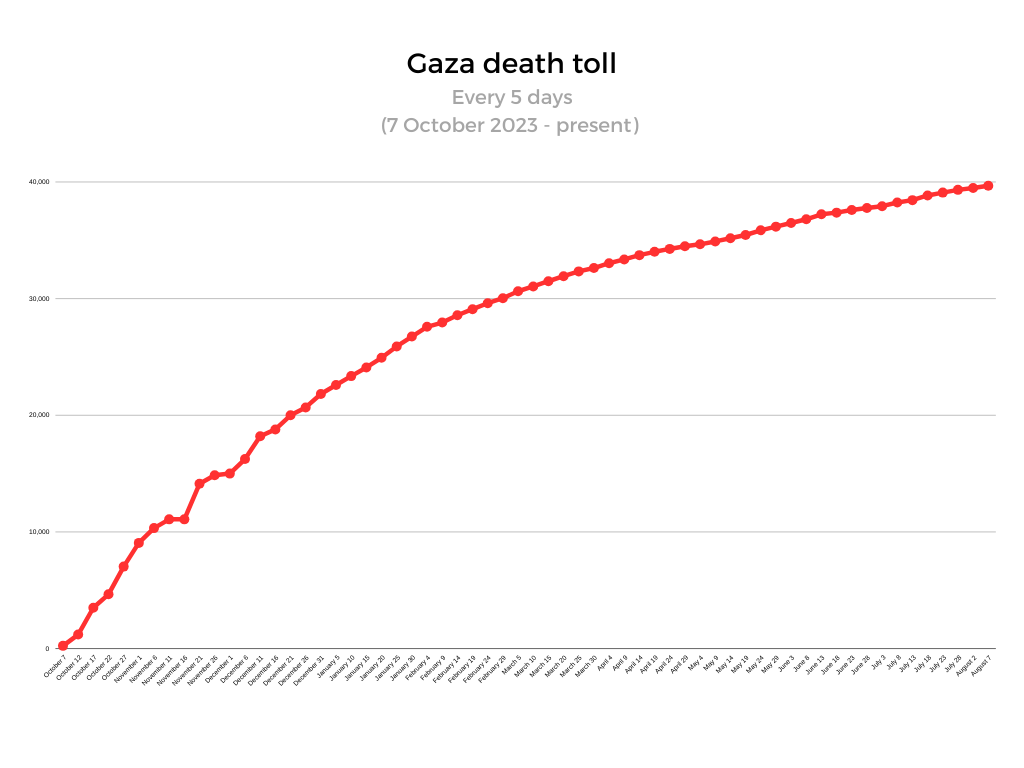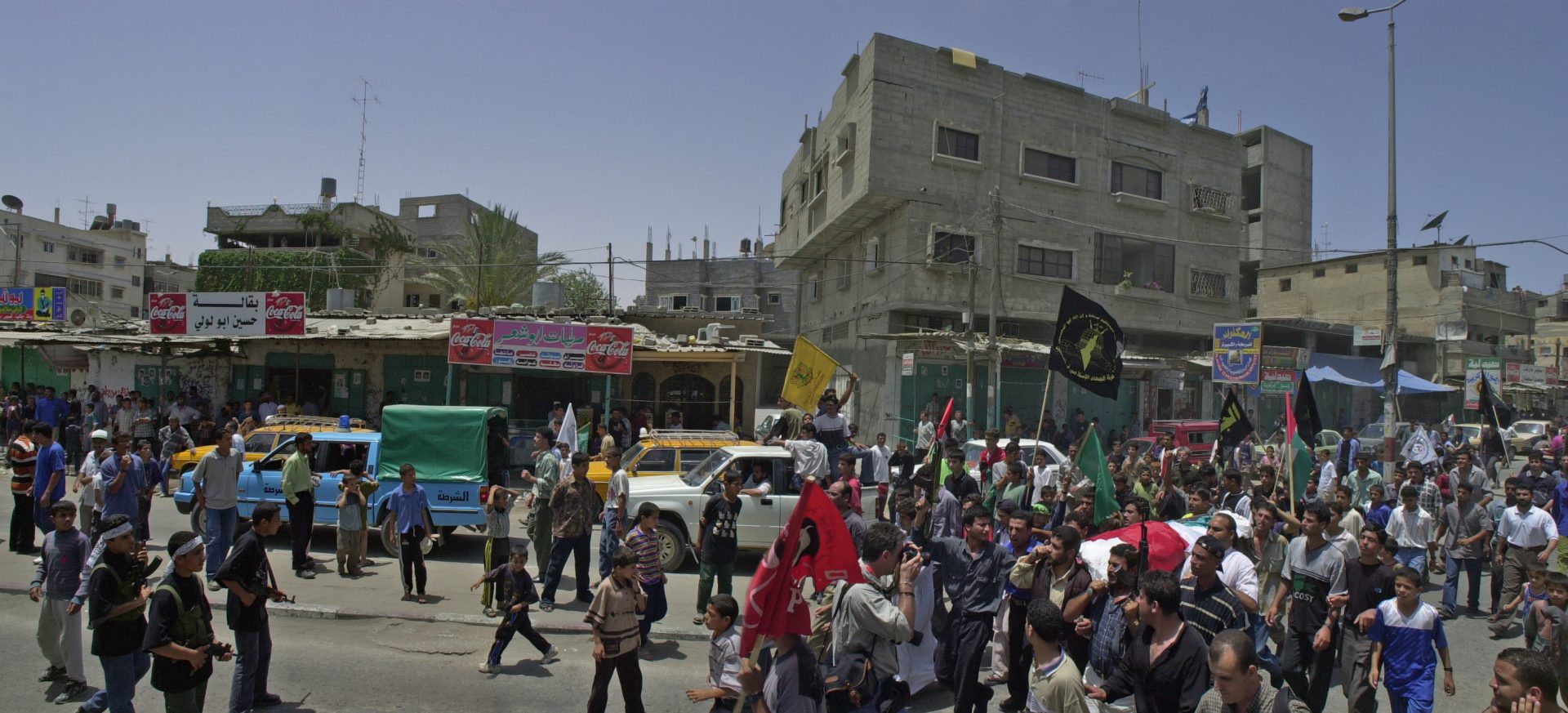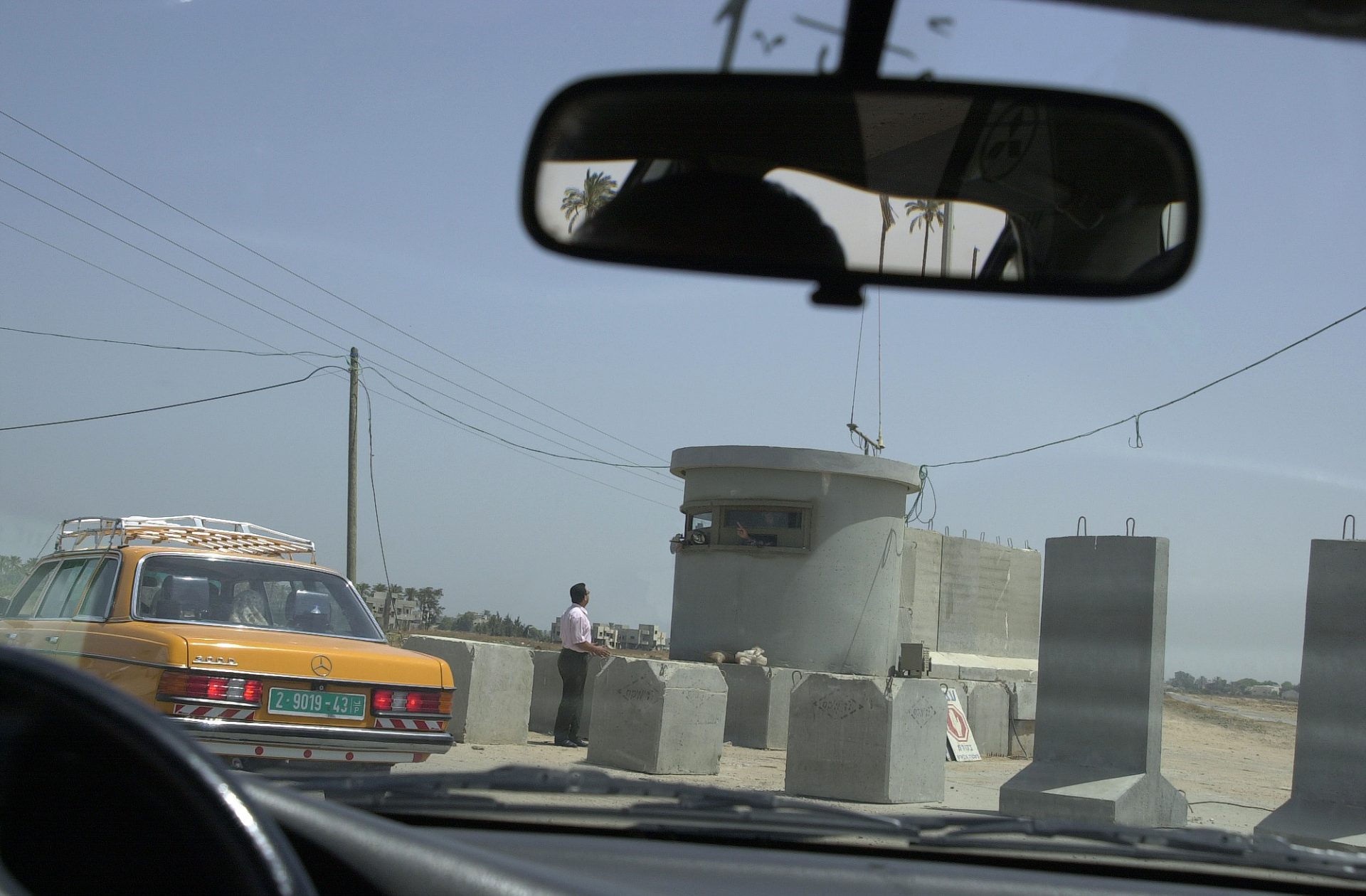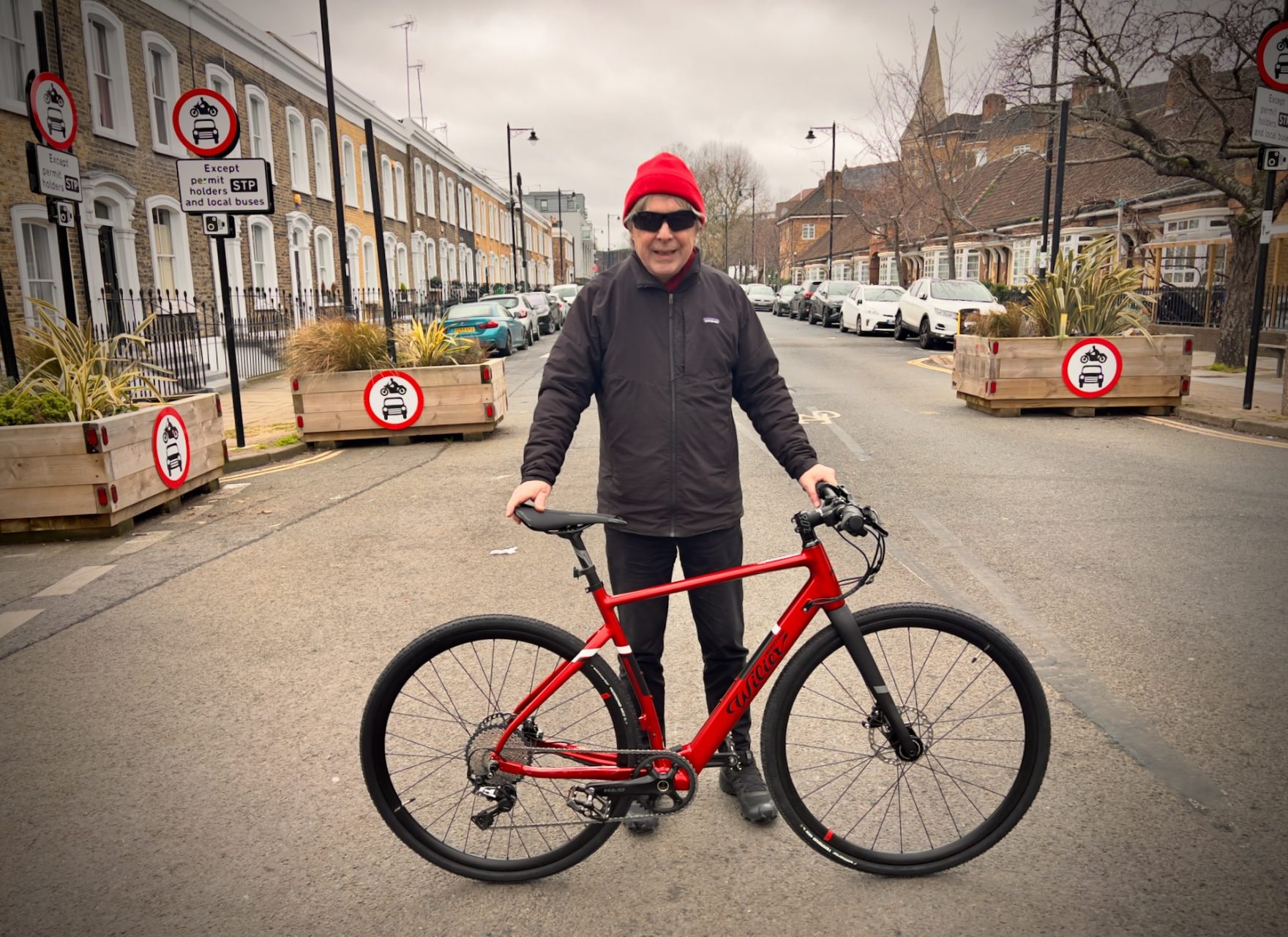In 2001 I went to Gaza, as a fledgling panorama news photographer. This was not yet a valid passport to success, but with the help of Gary Knight of Newsweek, and after queuing up for many hours at a nameless bureaucratic office in Jerusalem, at the last moment I was granted permission to enter Gaza. Despite some controversy over my tripod bag, which apparently resembled a rifle holster, I walked the walk into this hell-hole at the only entry point, the Erez Crossing. Way back in 2001 this place was a war zone, as can be seen from my photographs and panoramas, I was both appalled and excited. At the time Gaza was still occupied by the Israelis, who lived in sequestered areas and bunkers, with a very heavy, but hidden military presence. Despite the fact you cannot see them, many Israeli guns will have been pointed at my head. The level of destruction throughout Gaza was staggering, even at that time. Sadly, this forlorn area has been a disaster waiting to happen for many decades. We went straight to a hotspot in Southern Gaza at Khan Yunis, a site of recent Israeli shelling and a refugee camp. Since there were still Israeli factories and residences in Gaza, the level of military intimidation was still very high. Bizarrely I saw advertisements at the time in the Israeli Press for holidays in Gaza, it certainly would not have been my first choice holiday destination, despite the long beaches.
for a larger panorama click fullscreen, or on a phone go here
After photographing the checkpoint outside Khan Yunis at Gush Qateef (built to protect an Israeli enclave), which you can see in the panoramas, we went the following day to the funeral of two young boys in Rafah (see above), killed by the bombing. Emotions ran high and as an outsider it was a genuinely scary experience on the way to the cemetery, and many guns were fired into the air. A sense of this can be seen in the video below. Following this striking experience we waited around in the hot sun to meet the Fatah Hawks. Eventually we were taken to their apartment, filled with more guns, to negotiate an interview. It was a scary situation to me, but nothing much happened, everyone was polite and we had some tea. However this was not the end of the story, since a few days later these Hawks would kidnap my photographer friend Gary and the Newsweek bureau chief, as detailed in this CNN article. No doubt these gunmen were to become members of what now would be called Hamas, who were already making a deadly play against Fatah, the Palestinian Authority who controlled Gaza. Luckily my friends were released after only one day, while if I had gone back to Gaza with Gary, I am sure I would been on the kidnap list as well. This brief event made worldwide news. After the the Israelis left Gaza in 2005, Hamas became the democratically elected rulers of Gaza in 2006. There have been no elections since.
We headed back to Gaza City, via a new housing development that had been shelled. On the way we were stopped by the Israeli army at the Kfar Darom Checkpoint, since I had illegally been taking pictures from the back of our car. Because we had good accreditation Gary managed to talk our way out of a sticky situation involving large machine guns. After these full-on days and sleepless nights we relaxed in Gaza City, I believe at the Al Deira Hotel. Wow, now I felt like a proper Newsweek journalist (it was a luxury hotel), and we even managed to wangle a bottle of wine. Of course we did have to drink it a 100 yards away from any other guests, so as not to upset them, but that was down by the beach so it was all fine. I got out safely with a real sense of relief, but as mentioned above Gary had to go back a few days later for the ill-fated interview with the Hawks. For a few moments I feared the worst. Still it was a successful trip and my panoramas were published on the foto8 photojournalism website. I was nicknamed Mr. Bean by our excellent local fixer, due to my insouciance. Taking the hint, I did eventually make the decision that artistic photography was probably a better direction for me than preying on other peoples misfortunes, there was to be no more war photojournalism. It had been an interesting experience, but was not to be repeated.
Since I left Gaza, it has been prey to a series of deadly bombings in 2008, 2009, 2012, 2014 and 2021 by Israel, while in 2007 Human Rights Watch described the Gaza Strip as an “open-air prison”. When I was there in 2001 I could already have told them that, since even then there appeared little hope for this beleaguered and isolated strip of land, home to two million people. The international community has allowed this unbearable situation to fester and should bear responsibility. Gaza, totally reliant on foreign aid, and with no control over its own water supply, electricity, airspace, coastline, imports and infrastructure, has been made into a tinderbox waiting to explode. Nevertheless that does not excuse the appalling and self-serving actions of Hamas on the 7th of October 2023. I fear more death.
The biggest catastrophe regarding the only real possibility for peace, which is the two-state solution, was the murder of the Israeli Prime Minister Yitzhak Rabin after a peace rally in 1995 by a right wing assassin, following an anti-violence rally in support of the Oslo peace process. Israel went on to vote in a general election for the side of the murderers in 1996, a vote which I have always found difficult to stomach. Wikipedia states that the new Prime Minister Netanyahu had led a mock funeral procession in 1995 featuring a coffin and hangman’s noose at an anti-Rabin rally where protesters chanted, “Death to Rabin”. A good sense of my feelings was expressed in this 2006 Panoramic Music Video, using the photographs taken in Gaza :
Update 31/0/08/24
Associated Press August 15, 2024 – Reported Total deaths:
Palestinians killed in Gaza: at least 40,005
People killed in Israel: about 1,200
Palestinians killed in the West Bank: 623
People killed in Lebanon: around 530

Update 05/12/24
Israel’s war in Gaza amounts to genocide, Amnesty International report finds
Israel had “brazenly, continuously and with total impunity … unleashed hell” on the strip’s 2.3 million population, noting that the “atrocity crimes” against Israelis by Hamas on 7 October 2023, which triggered the war, “do not justify genocide”.
†




